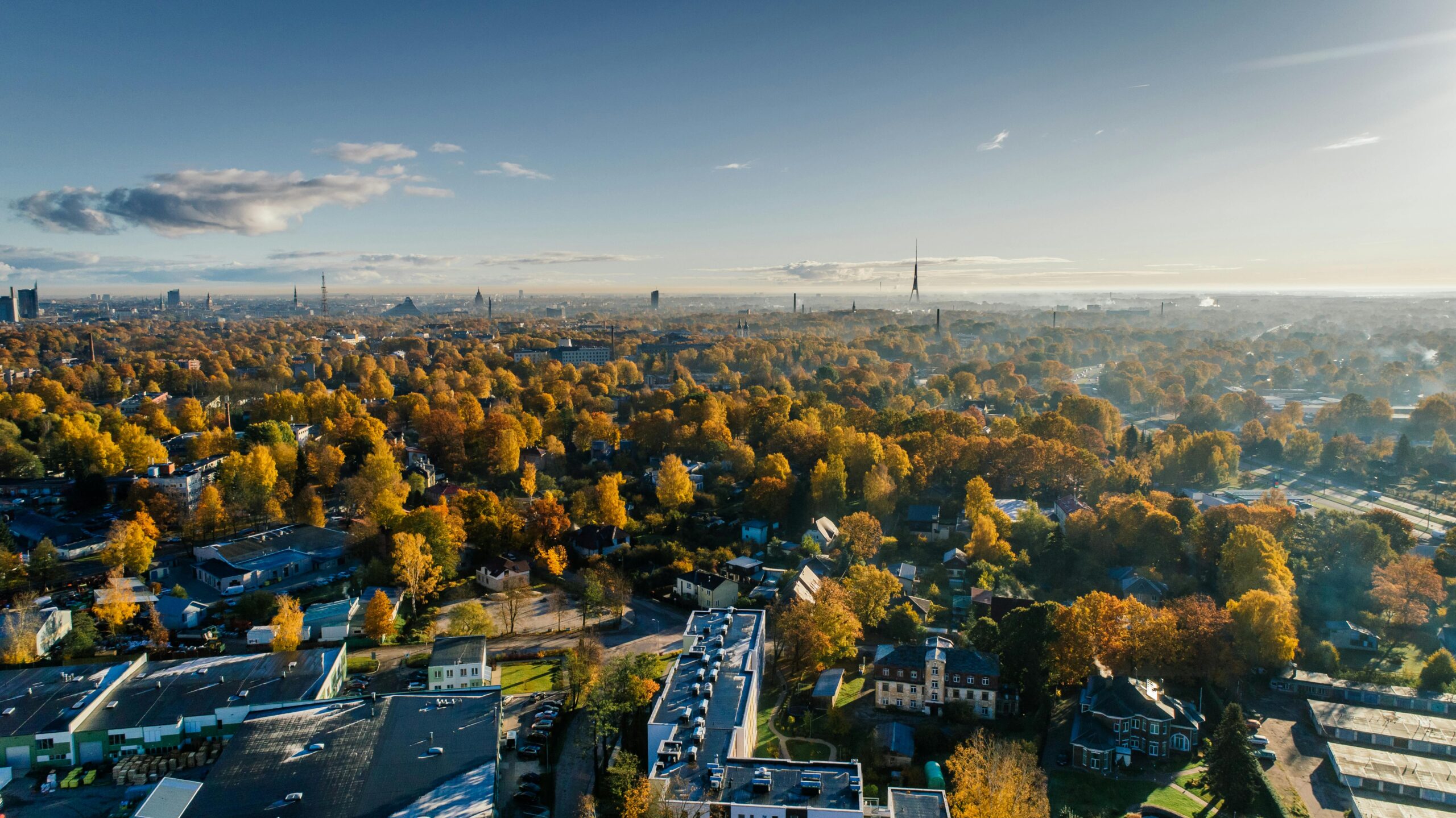
The U.S. real estate market has always been diverse, with vast differences in price trends, demand, and investment opportunities depending on location. In 2025, these regional dynamics will be more pronounced than ever. Economic shifts, remote work trends, climate factors, and demographic changes are reshaping local markets in ways that go far beyond national averages. Understanding these regional variations is key for buyers, sellers, investors, and policymakers as they navigate an evolving landscape.
National Trends vs. Regional Realities
While national headlines often focus on average home prices or mortgage rates, they mask significant differences between regions. For example, while some areas of the country are experiencing softening prices and a buyer’s market, others remain highly competitive with continued price growth. These differences are shaped by factors such as job growth, affordability, migration patterns, and even weather-related risks.
In broad terms, the U.S. market can currently be divided into three major categories:
-
Booming Markets: Areas with strong price growth and high buyer demand.
-
Cooling Markets: Regions seeing slower sales and some price corrections.
-
Stable Markets: Markets maintain steady prices and balance supply and demand.
Let’s take a closer look at how different regions are performing.
The South: Growth Continues but at a Slower Pace
The Southern U.S. — including states like Texas, Florida, North Carolina, and Tennessee — has been the biggest beneficiary of post-pandemic migration trends. Affordable housing, business-friendly policies, and warmer weather attracted both individuals and companies, fueling a real estate boom from 2020 to 2023.
In 2025, the South remains strong but is showing signs of moderation:
-
Texas markets such as Austin and Dallas, once at the forefront of price growth, have seen a stabilization. Austin, for example, experienced double-digit price increases in previous years, but current forecasts predict modest 2–4% annual growth.
-
Florida cities like Tampa and Miami continue to see robust demand, particularly from retirees and international buyers. However, concerns about insurance costs due to climate risks are starting to impact coastal areas.
Migration to smaller cities such as Chattanooga, TN, and Huntsville, AL, continues to drive demand, but affordability is becoming a concern even in these once “undiscovered” cities.
The West: Price Corrections and Recovery
The Western U.S. has had some of the most dramatic swings in recent years. Sky-high prices in California, Washington, and Oregon pushed many buyers out of the market even before interest rates rose.
In 2025:
-
California markets like San Francisco, Los Angeles, and San Jose have seen price drops of 5–10% from their pandemic peaks. High costs of living, remote work options, and tax policies have pushed residents toward more affordable states.
-
Boise, Idaho, and Salt Lake City, Utah, which saw huge influxes during the pandemic, are experiencing soft corrections. Inventory is rising, and bidding wars have become less common.
-
Arizona and Nevada markets, such as Phoenix and Las Vegas, are stabilizing after a hot streak. However, affordability concerns and climate-related migration trends (such as water shortages) could affect future growth.
Overall, the West is shifting toward a more balanced market, giving buyers slightly more negotiating power than in the recent past.
The Midwest: Affordability Reigns
In contrast to the expensive coasts, the Midwest has emerged as a relative haven of affordability. Cities like Indianapolis, Columbus, Kansas City, and Minneapolis offer attractive price points compared to national averages.
Midwestern dynamics in 2025 include:
-
Steady price appreciation: Home values are rising at a healthy, sustainable rate of around 3–5% annually.
-
Investor interest: With affordability elsewhere declining, investors are increasingly turning to Midwest cities for rental properties and long-term value.
-
Strong job markets: Cities with diversified economies, such as Indianapolis and Columbus, are seeing population growth that supports housing demand.
The Midwest’s combination of lower costs, stable economies, and growing amenities makes it an increasingly attractive option for first-time buyers and retirees alike.
The Northeast: Mixed Signals
The Northeast presents a complex picture:
-
Major cities like New York and Boston have seen a return of buyers, particularly younger professionals who value urban living. However, price growth is modest compared to the South and West.
-
Smaller metros and suburbs in states like Pennsylvania, New Jersey, and upstate New York are benefiting from the hybrid work trend, as buyers seek more space and lower costs without giving up access to major job markets.
-
Luxury markets in areas such as the Hamptons and coastal Connecticut are still strong, although price appreciation is slowing compared to the past two years.
Overall, the Northeast market remains relatively stable but lacks the explosive growth or dramatic corrections seen elsewhere.
Emerging Factors Shaping Regional Markets
Several new trends are influencing how different regions are performing:
1. Climate Migration
Natural disasters and climate risks — from wildfires in California to hurricanes in Florida — are beginning to impact real estate decisions. Homebuyers are increasingly factoring in climate risk, and insurance costs are becoming a major consideration, particularly in high-risk coastal areas.
2. Remote Work
Remote and hybrid work policies continue to allow Americans to choose where they live based on lifestyle rather than proximity to offices. This has fueled growth in smaller cities and rural areas, but as some companies push for a return to office, demand may shift back toward urban cores.
3. Demographic Shifts
Millennials, now the largest generation in the U.S. workforce, are entering their prime home-buying years. Meanwhile, Baby Boomers are retiring and often downsizing or relocating. These generational moves are creating significant churn in many local markets.
4. Infrastructure Investments
Federal and state infrastructure spending — from broadband expansion to transportation projects — is boosting certain regions, particularly in underserved areas. Improved connectivity is making rural and secondary markets more attractive than ever.

A Fragmented Future
In 2025, there is no single U.S. real estate market — there are hundreds of local markets, each with its own unique story. The days of nationwide booms or busts may be giving way to a more localized real estate landscape, where regional economic health, climate resilience, and lifestyle preferences drive demand.
For buyers, this means opportunity—if they are willing to be flexible in terms of location. For sellers, it underscores the importance of understanding local conditions rather than relying on national headlines. And for investors, it highlights the need for targeted strategies tailored to specific regional dynamics.
Ultimately, success in today’s real estate market requires local knowledge, adaptability, and a clear-eyed understanding of the forces reshaping the American housing landscape.





